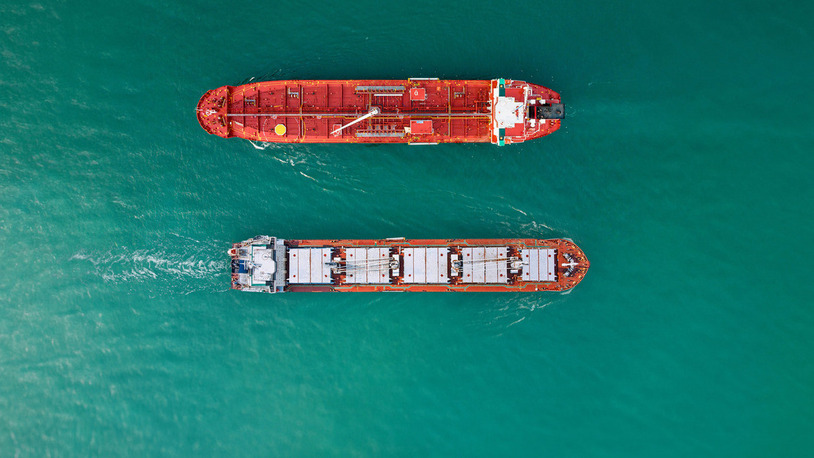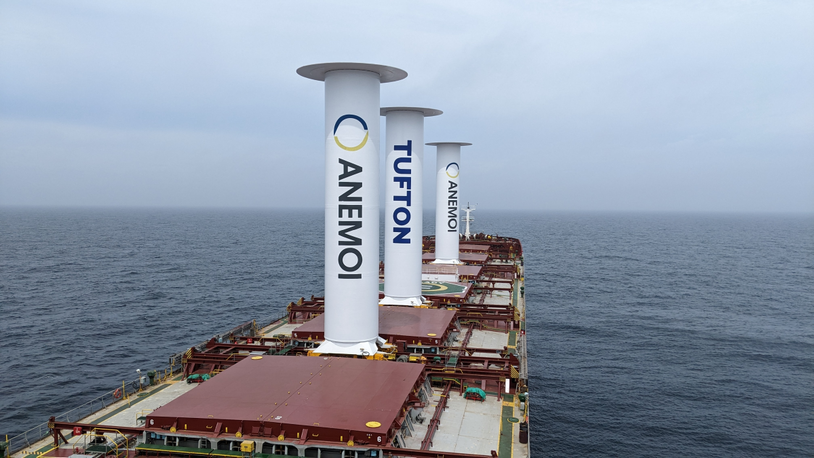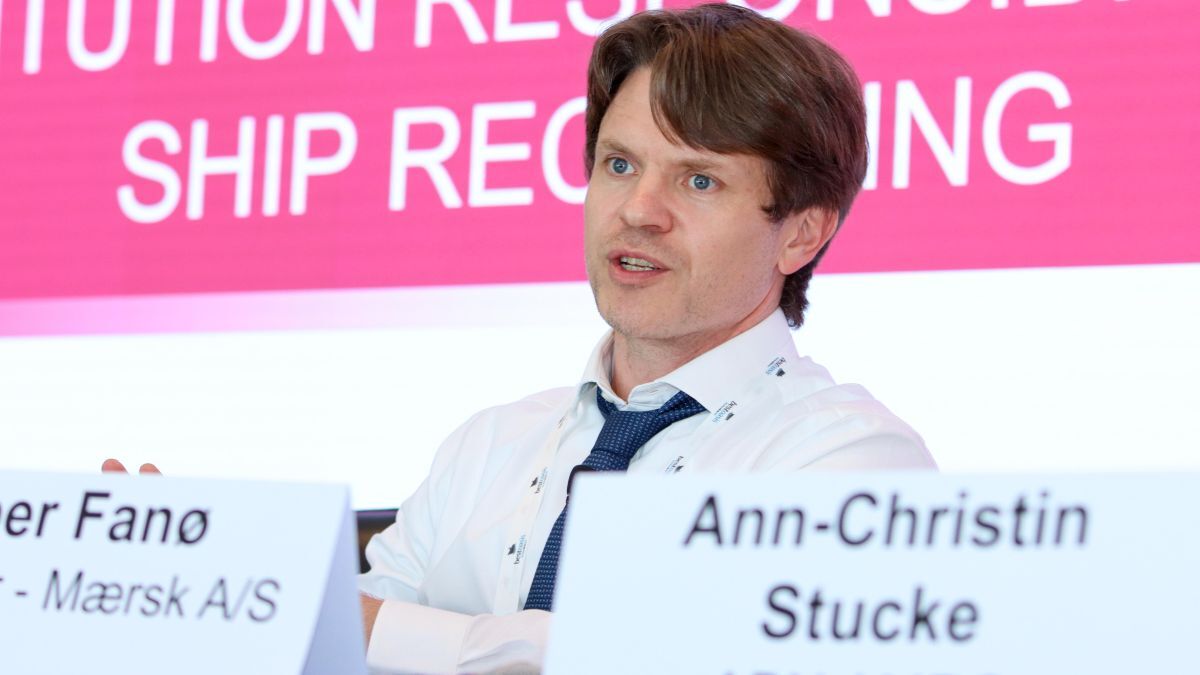Business Sectors
Contents
Cummins delivers big upgrades to small turbochargers
Cummins Turbo Technologies (CTT), based in Huddersfield, UK, is one of the world’s largest manufacturers of turbochargers for medium heavy-duty diesel engines, and this unit is key to the success of Cummins’ engine products. CTT, which markets products under the Holset brand name, provides solutions for engine powers of 60-1,200hp (45-900kW) per turbocharger.
The Holset company was established in 1952 and bought by Cummins Inc In 1973. It began turbocharger manufacture in 1954. In addition to the company’s UK headquarters in Huddersfield, CTT now has manufacturing facilities in Brazil, India and the US. A joint venture in China provides further support.
The product portfolio is represented by Holset X and Holset E turbocharger ranges, and, in 2010, the company announced the launch of its new products of capacity 2-5 litre. The Holset X range supplies turbocharging solutions for engines of powers starting from below 100hp, and products are available in seven frame sizes. The largest, HX83, delivers an air flow of up to 1.5 kg/second – sufficient for engine ratings of 1,200hp. The more recent Holset E range offers a more flexible approach to engine requirements, with technology including the Holset variable geometry turbine (VGT) system and titanium compressor stages for the most demanding applications.
The new Holset range of small turbochargers has been aimed at specific requirements of the 2-5 litre engine market and has been developed by an international team of engineers in the UK, China and India. Products use technology that delivers high performance from small, light turbochargers but does not compromise on reliability and durability. The design team has made increased use of analytical tools such as GT Power, which enables better product matching through more accurate turbocharger build specification.
New technological features are also included, such as a unique sliding-wall design, which enables the turbocharger to be adjusted to raise engine exhaust temperatures at low loads to assist the regeneration of the diesel particulate filter.
Many of the features seen in the latest Holset products have been driven by emissions legislation and the need for increased overall efficiency. However, in smaller turbocharger applications the drive for engine downsizing has been significant, and engine power densities have been significantly increased. Similar trends can be seen in marine engine markets, and many features of Holset products are emerging in larger turbochargers.
Features such as waste gate and bypass systems have been available for many years but, while two-stage turbocharging is still under development for larger engines, CTT regards such features as current technology. Designs include conventional two-stage arrangements, where both turbochargers work in series at all times, and sequential turbocharging, where turbochargers are brought in and out of use as required but are normally connected in parallel with each other.
A further development of these principles by CTT is the modulated two-stage system, which brings combined benefits. The availability of two compressor stages provides the opportunity for variable compressor delivery without complex mechanisms in the compressor casing. Therefore a modulated two-stage system can be built with a high-pressure turbocharger – which is far smaller than a conventional two-stage system – to improve transient performance. The result is reduced turbo lag, improved load acceptance and reduced emissions levels under load demand.
CTT also lists variable geometry among its current technologies, and the Holset VGT system, combined with high-technology control systems, delivers the ability to closely control boost pressures. The innovative design is based on the nozzle sliding axially rather than the vanes pivoting. Based on radial turbine construction, the sliding nozzle ring reduces the aperture at the exhaust gas entry to the turbine. This change in geometry increases speed and boost pressure as the nozzle area is reduced. CTT claims that this arrangement is more reliable and more resilient in service. Operation is optimised through sophisticated electronic controls that are integrated with engine systems, and pneumatic or electrical options for nozzle ring actuation are also available.
CTT also offers turbo-compounding technology – a principle now being introduced on some larger marine engines. Here an additional power turbine is installed downstream of the turbocharger. In small engines fitted with Holset products, the additional energy recovered is usually fed back to the engine directly, but larger systems often recover power through an electrical generator.
CTT sees the potential for further improvements to product designs and features in turbocharger technology. The drive for emissions reduction is universal within the engine market, and the company is continuing its efforts to improve component designs, aerodynamic performance and operational flexibility. CTT also aims to develop assisted turbocharging – a technology that is likely to be beneficial to engine performance at smaller Holset turbocharging capacities and in much larger high-power marine applications. WTG
Related to this Story
IMO’s net-zero plan poised to pressure ageing fleet with rising costs
Events
TUGTECHNOLOGY '25
Reefer container market outlook: Trade disruption, demand shifts & the role of technology
Asia Maritime & Offshore Webinar Week 2025
Marine Lubricants Webinar Week 2025
© 2024 Riviera Maritime Media Ltd.













